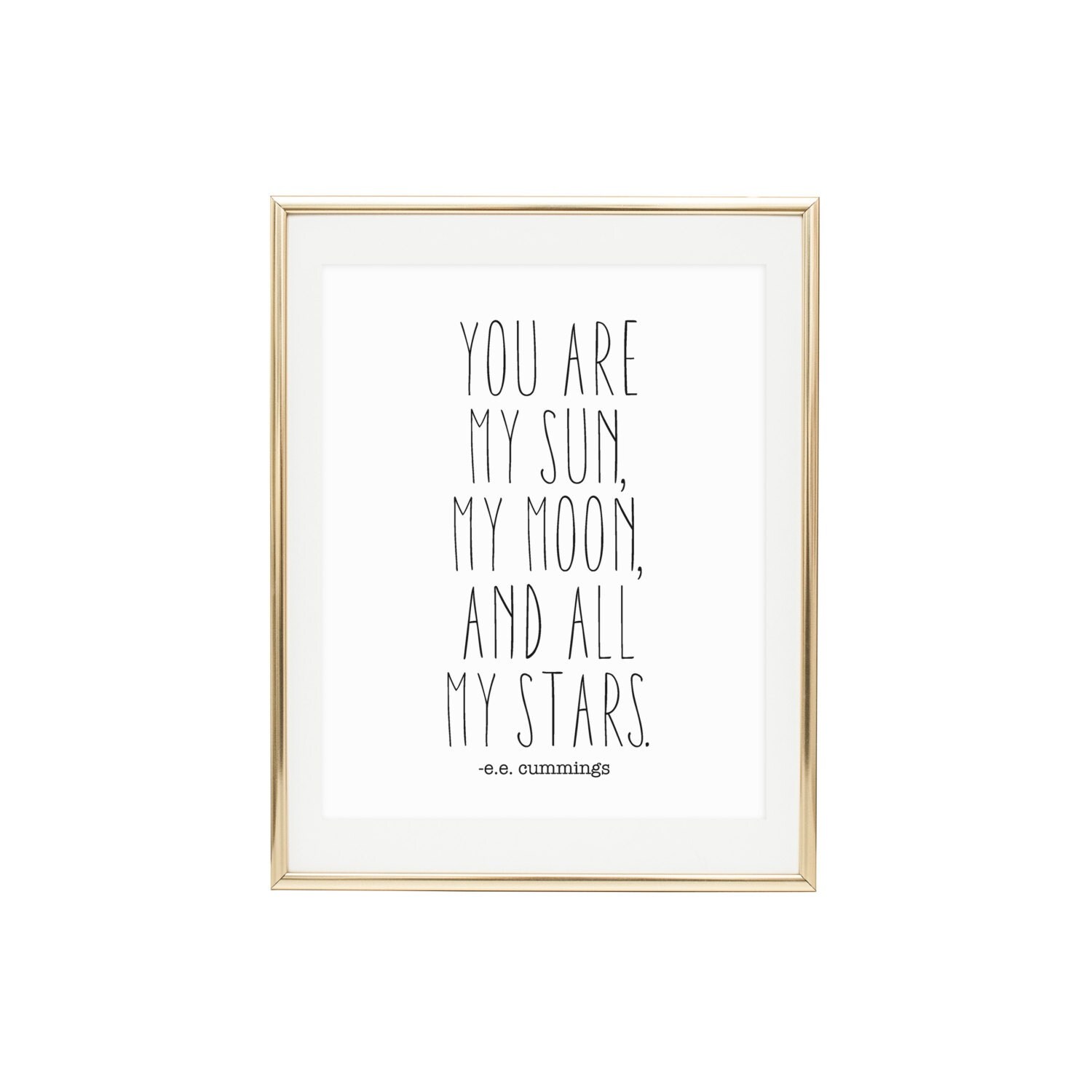


The composer John Adams had a chorus of children repeat “I love you to the moon and back,” in a piece he wrote in response to the 9/11 terrorist attack. In 1992, the band Spectrum released a song titled “(I Love You) To the Moon and Back.” The theme of a parent’s love for their child is also reflected in the 1994 picture book Guess How Much I Love You? In the book, a small hare tells his father “I love you right up to the moon,” and the father replies “I love you right up to the moon – and back.” Whatever its precise origins, the saying spread in the 1990–2000s, as evidenced by its use in popular culture. An official NASA document, for instance, used the phrase to the moon and back when describing a program in 1969, and the specific phrase has a smattering of instances across the decades prior. The phrase, which uses the celestial feat and distance to heighten and dramatize the extent of love, may have been boosted by space exploration and the moon landing in the 1960s. It’s not exactly clear when the hyperbolic expression emerged, but a character delivers a form of it in Tom Topor’s 1979 play Nuts: “When I was a little girl, I used to say to her, ‘I love you to the moon and down again and around the world and back again.’ And she used to say to me, ‘I love you to the sun and down again and around the stars and back again.’”


 0 kommentar(er)
0 kommentar(er)
